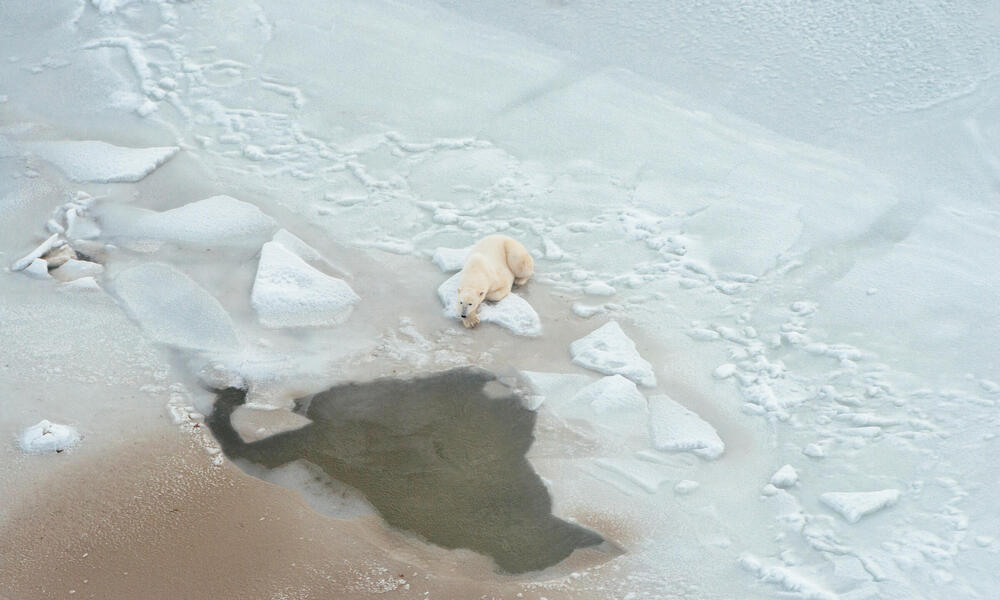Polar Bear
The polar bear (Ursus maritimus) is a species of carnivorous mammal that lives mainly in the Arctic, in regions surrounding the North Pole. Below, I will provide you with information about its habitat, its life, its diet, its reproductive process and the reasons for its threat of extinction:
Habitat:
Polar bears are found in an exclusively arctic and subarctic environment. Their main habitat is sea ice, where they hunt seals and other marine animals. They spend most of their lives on drift ice over the Arctic Ocean and along Arctic coasts from Canada to Russia.
Lifestyle:
Polar bears are solitary, nomadic animals, meaning they do not form permanent social groups. They are excellent swimmers and can travel long distances in search of food. Their life is centered on hunting seals, their main prey, and they spend a large part of their time waiting in holes in the ice to ambush seals when they emerge to breathe.
Diet:
Polar bears' main diet consists of seals, particularly ringed seals and bearded seals. These seals are rich in blubber and provide the energy needed to survive in the extreme cold of the Arctic. Polar bears may also eat other foods, such as fish and carrion, when they cannot find available seals.
Reproduction:
The mating season for polar bears generally occurs in the spring, from April to May. Females usually give birth to one or two cubs in December or January after a gestation that lasts approximately eight months. During the first few months of life, the cubs are completely dependent on their mother for food and warmth. Mothers care for their cubs until they reach independence, which usually occurs after 2-3 years.
Extinction threats:
Polar bears face several threats that have led them to become endangered:
Habitat loss: Climate change is leading to diminishing sea ice in the Arctic, making it difficult to hunt seals, the polar bears' main food source. This leads to malnutrition and a decline in the polar bear population.
Pollution: Persistent chemical pollutants, such as PCBs and pesticides, accumulate in seal blubber and, through the food chain, reach polar bears. This can cause health problems and reduce the bears' reproductive capacity.
The polar bear is one of the animals that are becoming extinct because of us, so we must avoid continuing to damage their environment.

Comentarios
Publicar un comentario